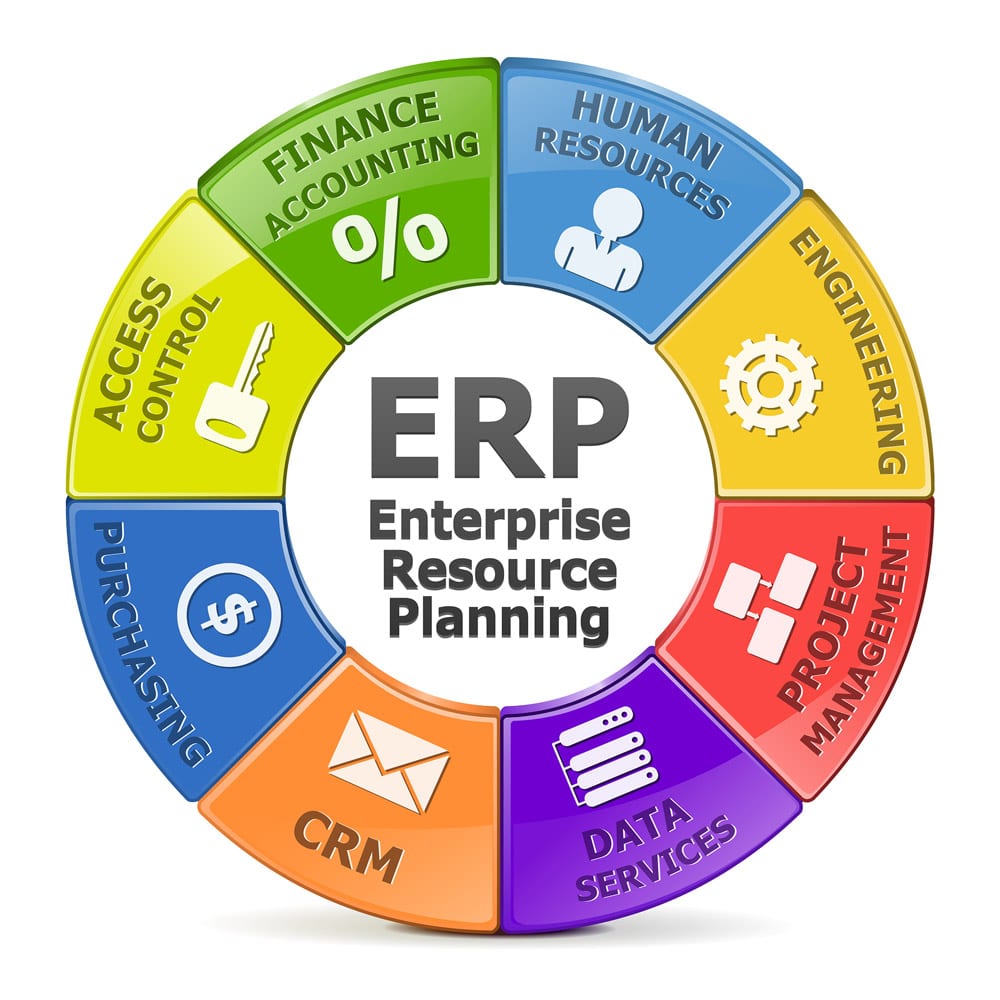Assembling an ERP Platform with Best of Breed Applications
By: Ciopages Staff Writer
Updated on: Feb 25, 2023

Is it possible to assemble an ERP platform with best of breed applications? It depends! A number of terms are being thrown around these days in the enterprise resource planning (ERP) world, one of them being “best of breed.” This moniker refers to the identification of a software package for a specific function being the agreed-upon best choice available for that task. Unfortunately, what has also been a challenge with best of breed choices involves integration, trying to get the different tools to talk to each other. Prior to ERP options, this essentially involved no talk but translation instead, with the information exported from one tool in an output form, and then re-inputted into another manually. Eventually, this morphed into middle step software programs to allow bridging, better known as enterprise integration technology (EIT), but clearly best of breed was not yet functioning as a true ERP in the literal sense of the name. That was only a few years ago, however. And now the best of breed alternative is extremely viable in its own right.
And best of breed packages can provide the means to cobbling together custom-sized systems that handle the nuances of a given company versus only providing a large corporation standard one has to fit business processes to.
Small to medium companies, under cost pressures to stretch their resources, have been the big demand player for economical ERP choices and designs, which best of breed ERP packaging has become quite attractive to. Niche ERP consultants have found their place providing guidance in implementation as well, adding to the dynamic.
ERP in any form offers big benefits for the long-term, particularly in data management and leveraging. And best of breed packages can provide the means to cobbling together custom-sized systems that handle the nuances of a given company versus only providing a large corporation standard one has to fit business processes to. However, integration is still a key conduit to making things work. Advantages for this approach include:
- A lower cost versus a single provider’s ERP package.
- Increased ability to custom-tailoring to what the company actually needs in tools.
- Deeper functional capability because of the quality of the tools.
However, a company still needs to take into account the limitations of best of breed packaging. These can include:
- Inconsistent information output in reports that are not compatible with all the tools.
- Best of breed cobbling requires far more effort with custom bridging to make integration work.
- The company may still have to employ a standard ERP eventually when it grows too big.
If committed to using the best of breed approach for an ERP design, a company should first put a good effort in planning needs and wants first. There are plenty of tools, but they’re not as important as the company figuring out its particular advantage first. What makes the company unique and above everyone else in its market? That competitive advantage needs to be completely identified. Once done, then the appropriate tools and their vendors can be identified that help make that advantage happen faster and better. The more common needs such as accounting or personnel management are far easier to address by a large selection of tools available.
The weak point in the design is the interfacing. Because it can foul up the most promising of choices, interfacing has to be confirmed at each step of adding modules. Even with best of breed, the applications are only so good as the ability to talk to each other correctly. As a result, each tool added needs to be confirmed that it can interface properly with the others. If not, it should not be used, no matter how good it may be in a particular function.

A company will need the help of an integration specialist or software to work through these interface tests and installation. They frequently require custom coding and bridge patching to make things work correctly, and that work needs to follow a standardized approach to ensure it can be maintained and updated as necessary down the road. Again, one does not have this added aspect with a suite approach, but the flip side is even with the added customization the best of breed ERP cost can still be considerably less.
Keep in mind that various security protocols may also be necessary. Because a best of breed approach does not share one software base platform, security aspects have to match the tool used in a given functional area. So it can be quite possible that an ERP system has four or five different security protocols to protect the different modules included.
Design doesn’t end with running software. Training will also be a greater challenge. Because best of breed tools use different software, each one has to be learned by given employees. Unlike a suite which uses the same interface across every function, best of breed can be quite disparate in nature. That means multiple training challenges versus one suite ERP training.
There’s a lot of chatter about how the latest app is solving problems exponentially. And that constant messaging has a huge influence on steering companies away from the idea of suite, one-manufacturer ERP and instead go to best of breed built ERP. That said, best of breed ERP building isn’t a perfect panacea. It comes with its own challenges and, as mentioned before, a company could still find itself eventually needing to acquire a suite ERP anyways. Ideally, an ERP should make working between offices far easier, leveraging everyone’s data to produce even better business processes and results. However, best of breed has the potential to also add silos to an ERP project and move a company further away from the digital ideal instead of closer.
Have you had any experience or heard of folks successfully assembling an ERP solution with best of breed applications?